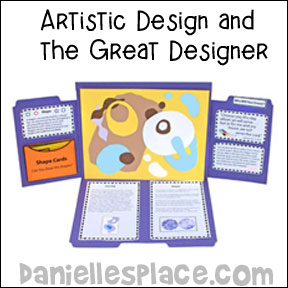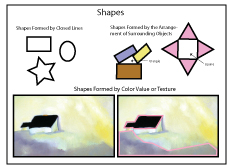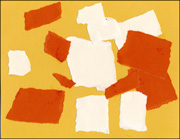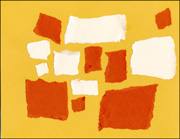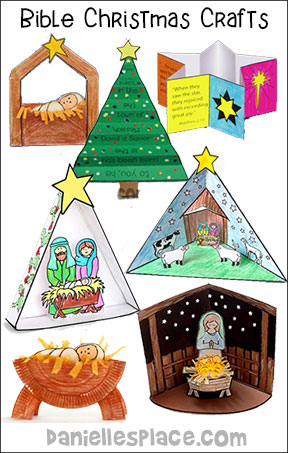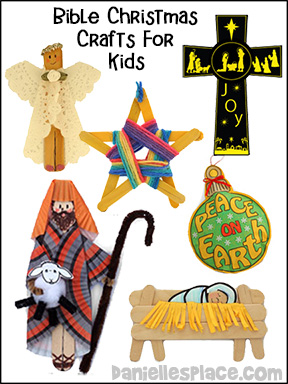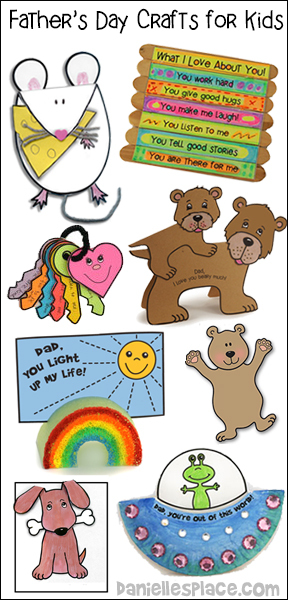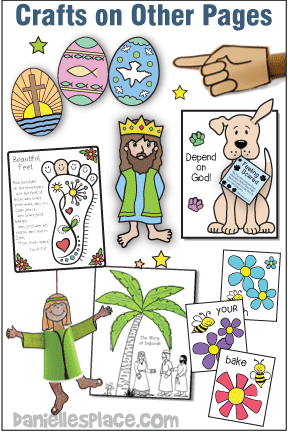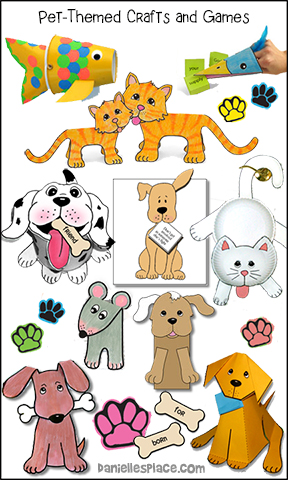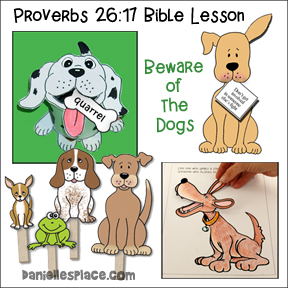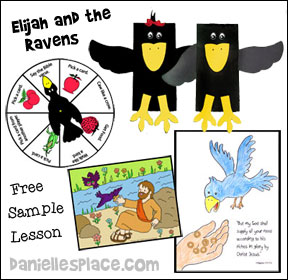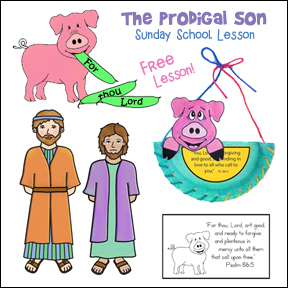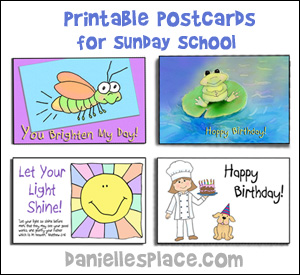Christian Homeschool Art Lessons Shape
Artistic Design and the Great Designer Lessons
Art Lessons on The Elements and Principles of Design from a Biblical Perspective. Children learn about God through art. Each lesson teaches an element of design and a biblical principle that relates to that design element. Children study famous artists and art movements, practice artistic techniques, and learn to express themselves through art.
Shape - "It's Your Choice"
This Lesson is available to Members on The Resource Room.
Bible Verse:
"Choose you this day whom ye will serve . . . but as for me and my house, we will serve the Lord.: Joshua 24:15, KJV
Teaching Concept:
You are a lot like an artist. Every choice an artist makes about the shapes on his canvas affects the outcome of his work. God has given you the freedom to choose how you will live your life.
Every choice you make has consequences and determines how your life is shaped.
Teaching Concept:
You are a lot like an artist. Every choice an artist makes about the shapes on his canvas affects the outcome of his work. God has given you the freedom to choose how you will live your life. Every choice you make has consequences and determines how your life is shaped.
Artists and Artistic Techniques:
Jean Arp's Collage Arranged According to the Laws of Chance, organic and abstract shapes, Print making techniques - positive and negative shapes.
Drawing Shapes Exercise
Show your children pictures of different shapes, both complex and simple. Let them see the pictures for several seconds and then hide the pictures and see if they can draw them without looking. Print out the Shape Card Patterns and cut them out. Print out the Envelope Pattern, cut it out and glue it together. Glue the envelope to the file folder and store the cards in the envelope. If you have younger children draw simple shapes on the cards.
A Look at Artist Jean Arp
Jean Arp was a French sculptor, painter, and poet. He was one of the founders of the Dada art movement in 1916. The Dada group of artists promoted group collaboration, spontaneity, and chance. They challenged the classical definition of art by using objects and techniques that were not traditionally used. Many Dadaists worked in collage, photomontage and found-object construction. Arp created unique pieces of art in various media including: bas-reliefs, collages, painted cutouts, sculpture in the round, and painted wood reliefs.
Watch a Youtube video of Jean Arp's work.
Made by Chance or Created with Love and Thought?
Jean (Hans) Arp experimented with "chance collages" such as the "Collage of Squares Arranged According to the Laws of Chance". To make this picture he tour paper into pieces, dropped them onto a larger sheet, and claimed that he pasted each scrap wherever it happened to fall. However, it is obvious that he didn't fully follow the random process.
Jean Arp created this work towards the end of World War I when the world seemed to be in chaos. People were losing their loved ones to violence and questioning the government. Things didn't seem to make sense. The Dada movement started at this time as a protest against the war and many other controversial issues of the time.
Have your children pick three colors of paper, rip two pieces of paper into shapes and then randomly drop some of the shapes on the piece of paper, and then glue them down where they have landed. On another sheet of paper have them do the same thing, except allow them to move the pieces of paper where they think they want them. After they are done with both pictures discuss the negative and positive shapes created by the shapes. Ask them which picture they prefer.
Questions:
1. What do you think Jean Arp was trying to convey in this piece? It was quite different than any of the works produced at that time.
2. Can a work of art be made purely by chance if an artist creates it? No, the artist still has to decide on what media and colors to use, the size of the shapes, etc.
3. Do you think this piece would be as effective if Arp used all the same colors or all the same sized shapes?
4. Do you think Jean Arp picked the colors of paper he wanted to use?
5. Looking at his work do you think it is possible for all the pieces of paper to fall horizontal and vertical?
6. Even though Jean Arp didn't spend years on this work, and may not have put a lot of thought into it, it still reflects the artist's personality and conveys a message. It still follows many principles of design, balance, movement, etc.
Many people look at the world and see death, violence, and natural disasters, and think that the world is out of control. They reason that a god would not create something so amazing and then let bad things happen, so they reject the idea of a creator. But the fact is that someone did create it, just like Jean Arp created this somewhat chaotic piece of art. Chaos and death were the result of man's sin, not God's doing.
Watch a video that talks about this piece of art at Open Academy.com.
Use Organic and Abstract Shapes to Make a Jean Arp Type Picture

Not far from the sun, the moon and the stars, Sun,
The Elements: Leaf transformed into a torso,
Terrestrial Forest Form, Leafage and Drops,
Shirt Front and Fork, Dance,
Head with Mustache,
Tete Paysage, and
Configuration
Go to wikiart.org to view Jean Arp's paintings.
Jean Arp used geometric, organic, and abstract shapes in his works of art. Positive and negative shapes are very obvious.
Three Types of Shapes Choices and Consequences Art Activity
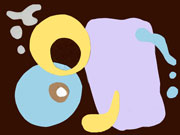
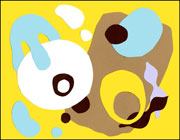
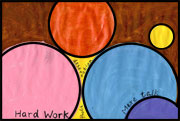
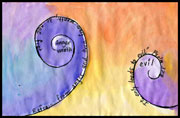
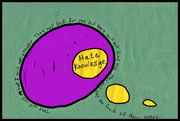
Have your children make three different pictures using the three different types of shapes: closed line, shape formed by the arrangement of surrounding objects, and a shape formed by color value or texture. Tell your children to incorporate one of the Bible verses writing the choice in the positive shape and the consequences in the negative shape. Instead of using a Bible verse, children can write choices they have to make and the consequences of those choices. Tell them to try to incorporate their words in an artistic way.
Printmaking - Experiment with Positive and Negative Shapes
Printmaking is the process of making prints from a block or plate that has been carved with a design. The artist makes a master plate by carving an image into block of wood or other material such as linoleum, Styrofoam, metal cardboard, or stone. To make prints from the master plate the artist applies ink or paint to the surface of the plate then pressing a piece of paper or other material onto the plate, and then pulls the paper or material away from the plate. Many prints can be made from one master plate by performing the process over and over. The first prints made from the master plate are called proofs.
In this project we will be printing the "negative shapes" formed from the positive shapes that were pressed into the Styrofoam plate. To print positive shapes the artist would have to remove all the material around the shapes instead of pressing down on the shapes (which is like removing the material from the plate)
3-inch Roller with Paint Tray (You can buy these from a hardware store for less than $2.00), Newspaper, Thick Acrylic Paint and a Sharp Object
What to do:
1. To make your "master plate" cut off the curved edge of the Styrofoam plate so that you have a flat round circle.
2. Use a marker to lightly draw shapes, symbols, and lines on the plate. If you mess up the lines, you can erase them by wiping them off with a paper towel.
3. When you are finished drawing your design use a sharp object to press down on the lines and indent the Styrofoam.
4. Place your "master plate" on some newspaper. Squeeze some acrylic paint into the paint tray and then roll your paint roller up and back over the paint until the roller is evenly covered with paint.
5. Roll the paint roller over the "master plate" until it is covered evenly with paint.
6. To make an artist's proof place a piece of paper over the "master plate" and gently rub over the top of the paper. Peel the paper away from the plate and set it aside. If the proof looks good, you are ready to make your prints. This would be a great project to make a set of Christmas cards or other types of cards.
7. Experiment with different colors of paper and paint, or use a combination of different colors of paint. Once your prints have dried, you can add words or other colors to them.

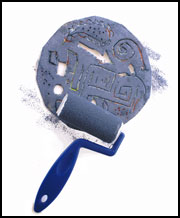
Find Different Types of Shapes in Nature or Magazines

Geometric shapes have clear edges, often symmetrical, even, and made by machines. Some examples are circles, rectangles, squares, triangles.
Organic shapes are natural shapes often irregular, plant-like, or animal-like, and often don't have well-defined edges such as in clouds.
Find shapes that you like in your neighborhood. Visit local parks, museums, etc. and take picture of the shape you like. Try to find both organic and geometric shapes. If you don't have a camera, you can find shapes in magazines. Cut them out and glue them to outside fold-out flaps.
Also See Bible Art Lessons About
Point and Dot - "What's the Point?"
Line - "Which Path Do You Choose?"

